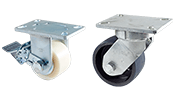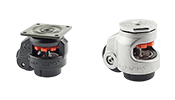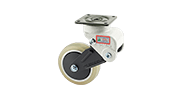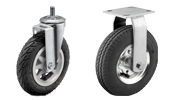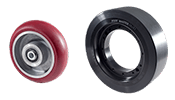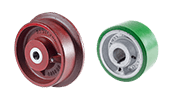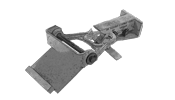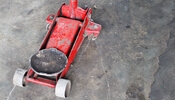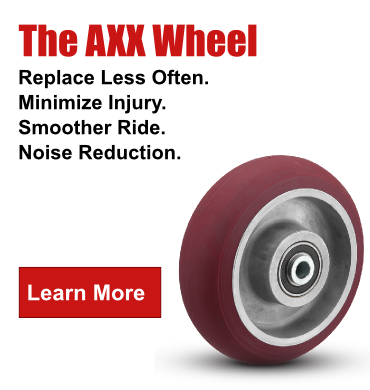We've all heard the term ergonomics thrown around. But what does it mean? And how does that relate to casters?
Ergonomics is the science and practice of designing jobs or workplaces to match the capabilities and limitations of the human body. Many jobs involve pushing or pulling carts or equipment. Using intentionally ergonomic casters on carts can go a long way in making a workplace safer and more efficient.
There are several factors involved in ergonomic caster design.

In general, the larger the wheel diameter, the greater the ergonomic benefit

In general, the harder the wheel, the greater the ergonomic benefit

Some types of wheel material, like polyurethane, offer ergonomic benefits over other types

Some types of bearings, like sealed precision ball bearings, offer ergonomic benefits over other types

Some types of rigs, like kingpinless, offer ergonomic benefits over other types

In general, the more extended the lead, the greater the ergonomic benefit

In general, the more crowned the wheel face, the greater the ergonomic benefit
Questions about what ergonomic caster is right for you? Stop by or give us a call. We've been the expert in casters and wheels for more than 40 years.



